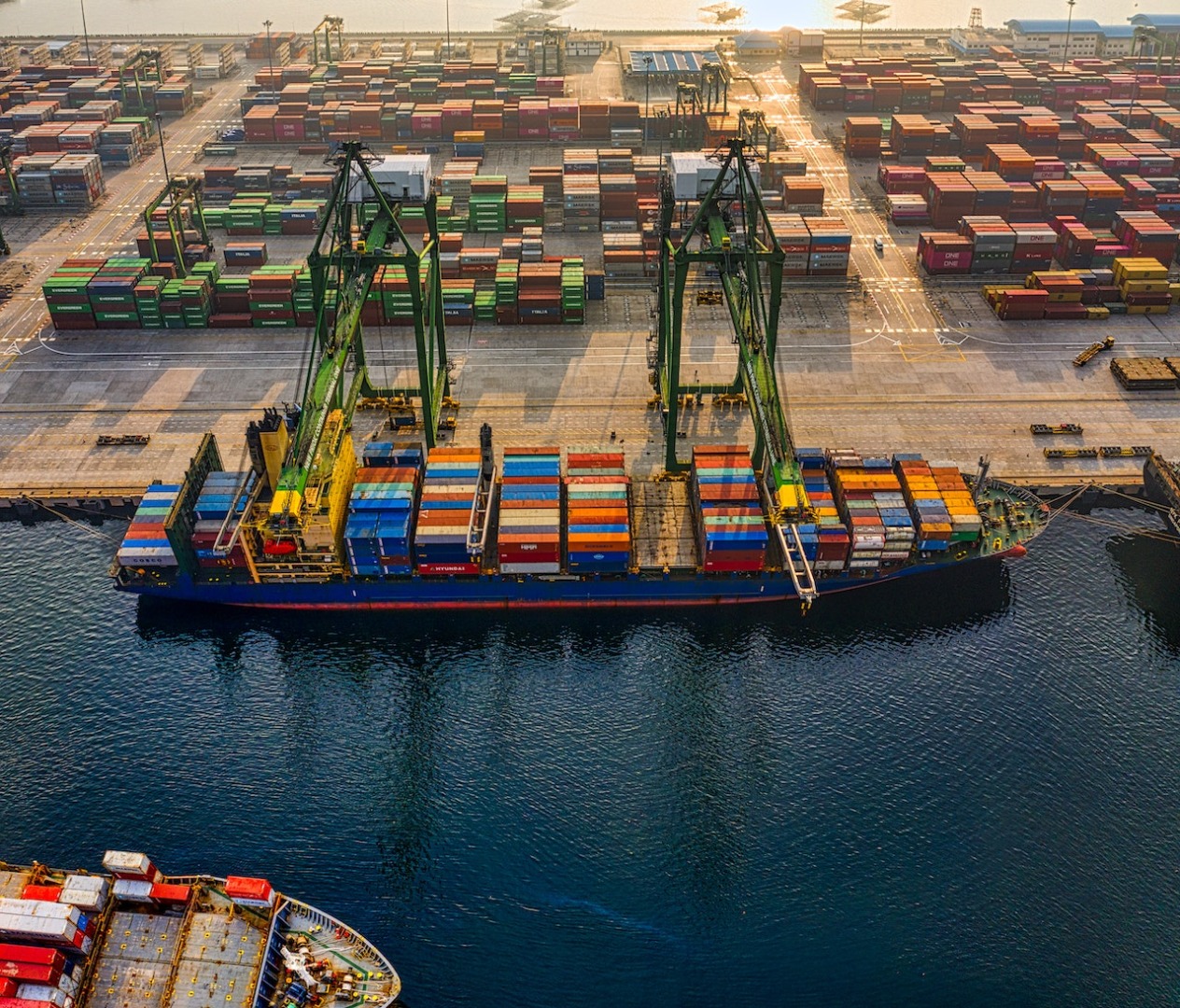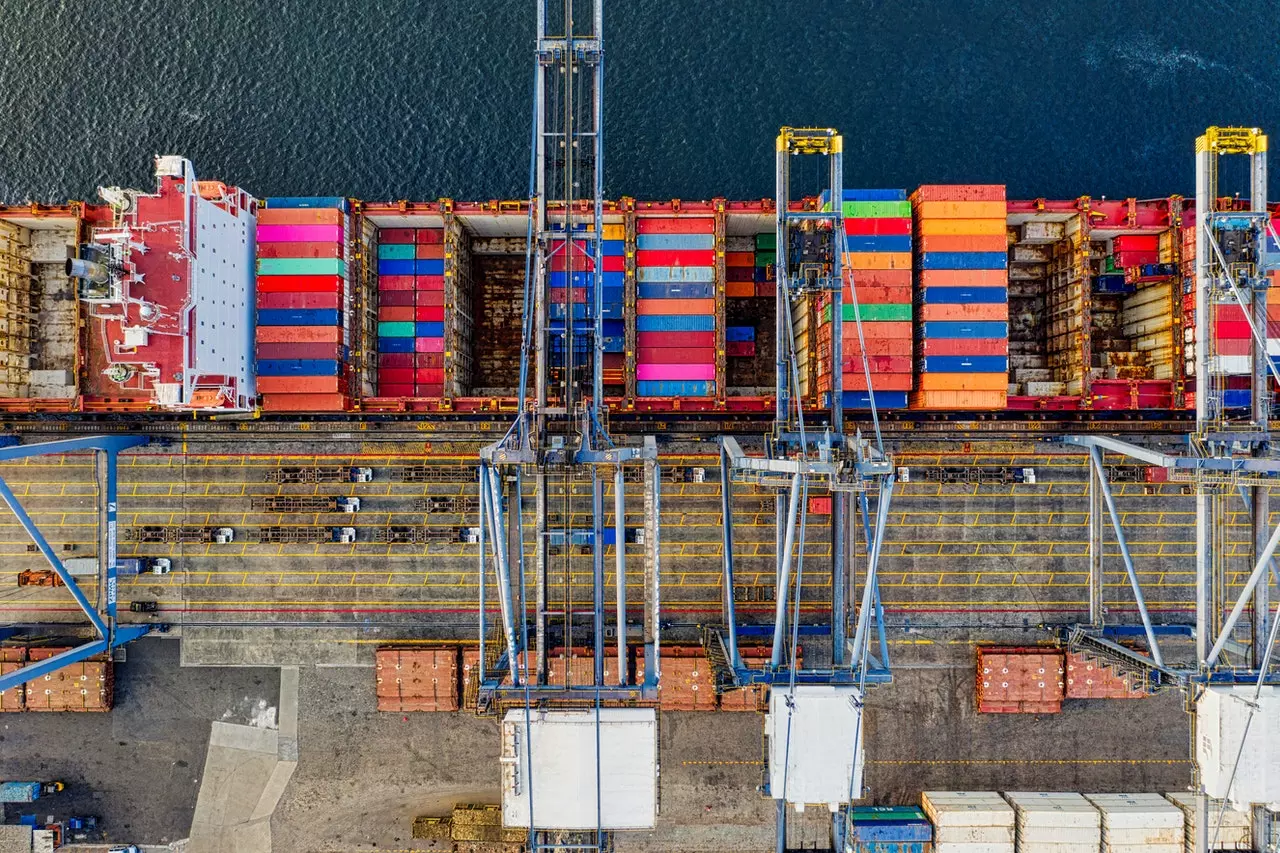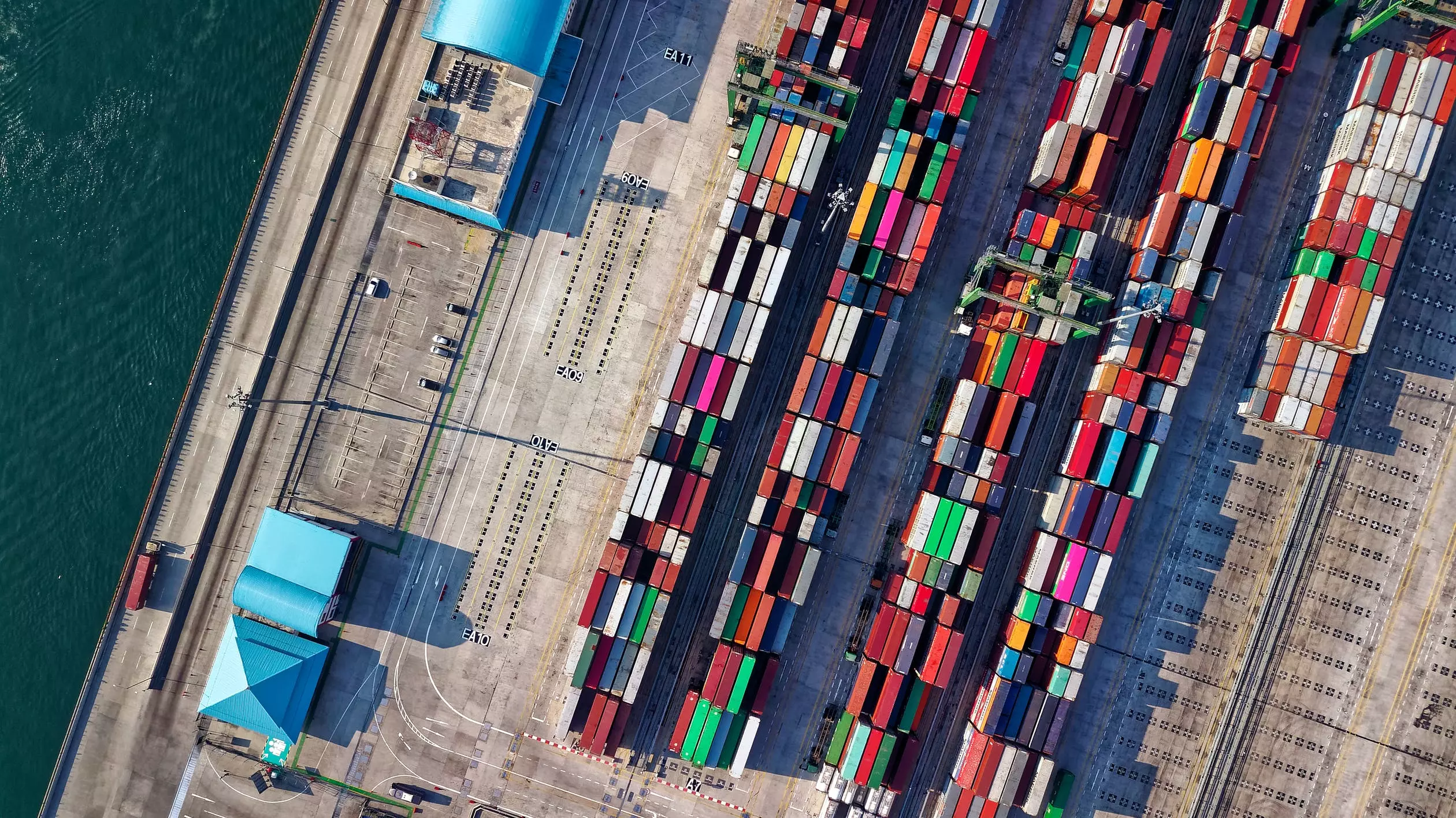Comments
- No comments found

Global supply chains have been heavily disrupted for what feels like some time now, with the UK in particular struggling to procure everything from vehicles to fresh vegetables.
Citizens have been making do, but the reasons for the crisis at hand – and the timescale for potential resolution – are not altogether obvious. What is the supply chain crisis, and how did it manifest?

While the felt impact of starved supply has been somewhat wholesale, the causes for starved supply are by no means simple. Various factors, over both the long and short term, had their own specific impacts on trade to the UK; altogether, they constitute a crisis that has endured for well over three years now. The multifarious nature of the supply chain crisis requires an understanding of different events and their implications, from war instability to the coronavirus pandemic.
The most recognisable facet of the supply chain crisis are arguably inflation and the coronavirus pandemic, which closed borders internationally for, cumulatively, at least a year. Between early 2020 and early 2022, the passage of both people and goods was largely restricted. Not only did this mean immediate supply chain issues – particularly with crucial large-scale suppliers in China that service e-commerce sales –, but also the financial instability of various businesses and distributors that relied on international supply.
While Covid has taken much of the blame for supply instability in 2020, there was another concurrent issue which had a much more profound impact – particularly on the supply of cars and consumer electronics. Taiwan is responsible for the production of well over 90% of the world’s microchips, and over two thirds of the world’s semiconductors. Taiwan’s plants were already at maximum capacity before labs in China folded, increasing demand. The pandemic outbreak was the final straw, and a major manufacturing bottleneck emerged.
The impact of the war in Ukraine also cannot be ignored, particularly as a recent impact on European trade. The vast majority of the impact has been felt in energy, where oil supply has been disrupted – with a knock-on impact for the affordability of haulage.

Of course, all of the above reflect some of the global issues relating to supply. But in the UK alone, shipping and trade has been largely restricted thanks to the after-effects of its withdrawal from the EU – including its departure from the Single Market trading bloc. Local trade industries are continuing to be able to trade, with products like roof insulation still in handy supply. However, other areas of trade are suffering, with timber prices rising on account of increased import costs amongst other things.
Import and the general supply of goods remains a thorny issue, with many more factors present than have been listed here. There is also little light at the end of the tunnel, with the UK’s single market aspirations still hazy, and with war still raging on the eastern reaches of Europe.
Leave your comments
Post comment as a guest